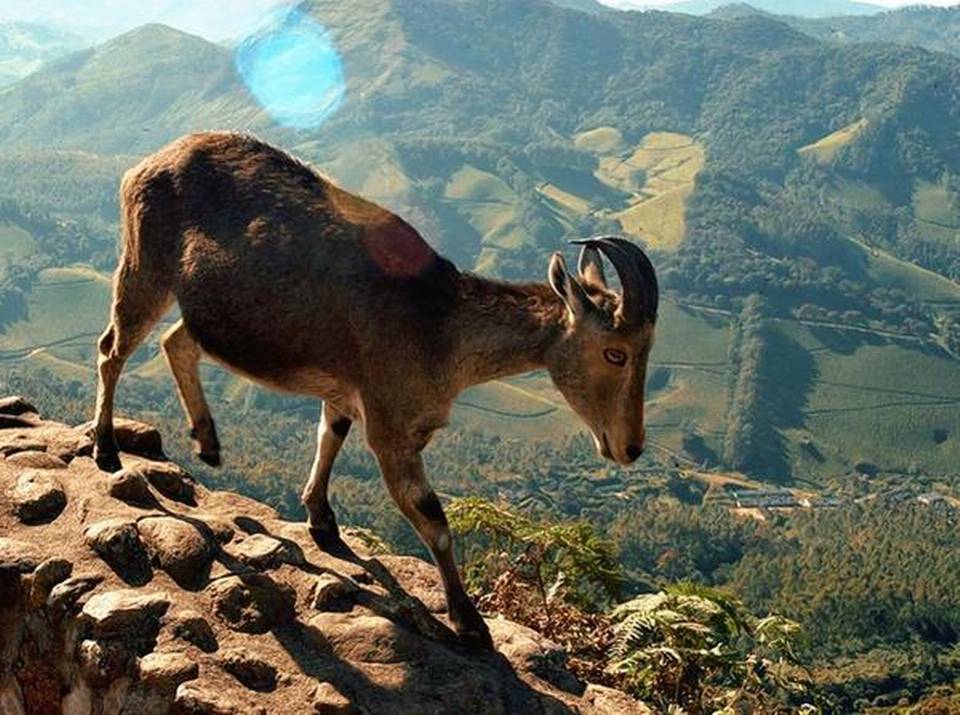Nilgiri tahr’s population up 27% in three years in TN


Numbers in Mukurthi National Park have risen from 568 in 2018 to 612 this year
In more good news for the State animal, the Nilgiri tahr, its sightings in the Mukurthi National Park have risen from 568 in 2018 to 612 this year.
Officials said this was the second consecutive year that an increase in the population of the animal had been recorded in the park, meaning the population of the Nilgiri tahr, also known as the Nilgiri ibex, has risen by 132 since 2016.
According to officials, the almost 8% increase in the population of the iconic animal in 2019 follows a similarly significant increase in its population in 2018. Officials said the upward trend was good news, as the new data reinforced last year’s findings.
There was a decrease in tahr numbers in 2017, when a population of only 438 was recorded, down from 480 in 2016.
Deputy Director of Mukurthi National Park S. Senbagapriya said the yearly exercise to estimate the population of the State animal, endemic to the Western Ghats, was organised in June. “The results of the census are extremely promising, with many juveniles being seen,” Ms. Senbagapriya said, adding that preliminary findings pointed to a healthy sex ratio, slightly skewed in favour of does (female goats).
She added that efforts were being made to ensure that the 78-sq.km reserve, closed to tourists, remained relatively free of some of the species of invasive plants that had begun their incursion into other habitats, such as Scotch broom and gorse in Avalanche. “For now, there is almost no spread of invasive plants, meaning the tahr have plenty of food and more room for the population to grow in the coming years,” said Ms. Senbagapriya. The 275 hectares of cleared wattle plantations were ‘maintained’ in 2018, ensuring that these cleared areas remained free from new invasive wattle trees coming up from underground seed banks. “We also cleared around 10 hectares of plantations in Bangithabal and the Western Catchment last year,” she said.
Saturation point
K.K. Kaushal, Field Director of the Mukurthi National Park, said the almost 27% increase in the population of the tahr in the Nilgiris over the last three years showed that current conservation policies — keeping the national park closed to tourists and free from poaching, while fighting the spread of invasive flora — were bringing the desired results in terms of maintaining a healthy population of the tahr. “We don’t see any chance of the population reaching a saturation point in the near future, as the habitat is contiguous with the Silent Valley National Park and the Mannarrkad forest division in Kerala, meaning they have a large habitat they can keep expanding into,” Mr. Kaushal said.


